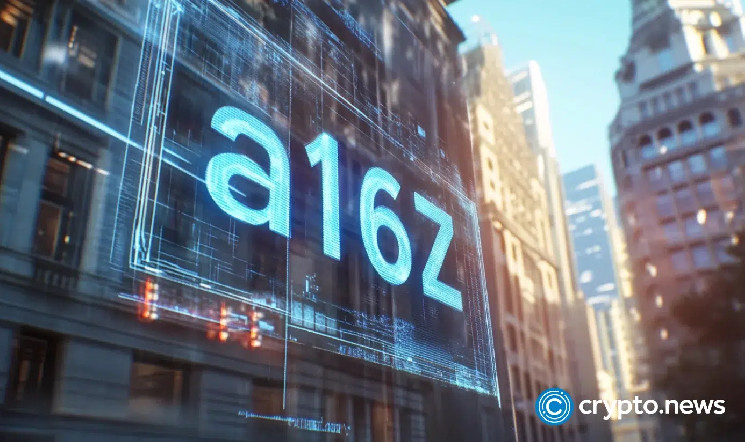The crypto world is abuzz with the recent statement from SEC Commissioner Hester Peirce, titled “There Must Be Some Way Out of Here,” which hints at a sense of urgency and a call for clarity in the ever-evolving landscape of digital assets. In response, the SEC has opened the floor for public input on how to classify and regulate crypto assets, marking a significant opportunity for industry players to shape the future of regulations.
One notable proposal comes from venture capital firm Andreessen Horowitz (A16z), which introduces a “control-based decentralization framework” as a potential solution. The idea is simple: if a blockchain network operates autonomously and is no longer under central control, its tokens should not be considered securities. While this concept appears logical on the surface, experts like Alice Frei, Head of Security and Compliance at Outset PR, raise important questions about its practicality.
Frei highlights the challenge of applying a “technology-neutral” approach to crypto regulation, emphasizing that digital assets introduce entirely new economic behaviors that cannot be neatly categorized under traditional financial frameworks. She argues that overlooking these unique characteristics in the name of neutrality may lead to misguided regulations that fail to capture the essence of crypto innovation.
Furthermore, the notion that a token’s value is solely determined by its code is questioned by Frei, who notes that market dynamics, speculation, and external factors play a significant role in asset valuations. Drawing examples from Bitcoin and Terra, she illustrates how even algorithmically-driven projects can be susceptible to market forces beyond their programmed logic.
A key point of contention in A16z’s proposal is the concept of “control-based decentralization,” which attempts to define decentralization based on the diffusion of operational, economic, and governance control. Frei cautions against oversimplifying decentralization, noting that many so-called decentralized systems still exhibit central points of influence that may undermine the notion of true autonomy.
The potential for regulatory loopholes and exploitation under A16z’s framework is another concern raised by Frei, who warns against performative decentralization that masks hidden centralization efforts. Without robust enforcement measures, projects could easily manipulate their structures to evade regulatory scrutiny, ultimately compromising transparency in the ecosystem.
While acknowledging the importance of regulatory clarity, Frei advocates for a nuanced approach that considers the multifaceted nature of crypto innovation. She stresses the need to recognize the non-neutrality of technology, the emotional drivers of markets, and the evolving nature of decentralization as essential factors in crafting effective regulations.
As the SEC grapples with the feedback and proposals from industry stakeholders, the conversation around crypto regulation is far from over. Frei emphasizes the importance of protecting investors and fostering transparency in a rapidly changing landscape, urging regulators to embrace the complexities of the crypto world while staying true to the goal of safeguarding market participants.
In conclusion, the path towards effective crypto regulation may be challenging, but with a commitment to honesty and a deep understanding of the nuances within the industry, there is a potential way forward. As stakeholders continue to engage in dialogue and collaboration, the hope remains that regulatory frameworks will evolve to reflect the true essence of the crypto space.

